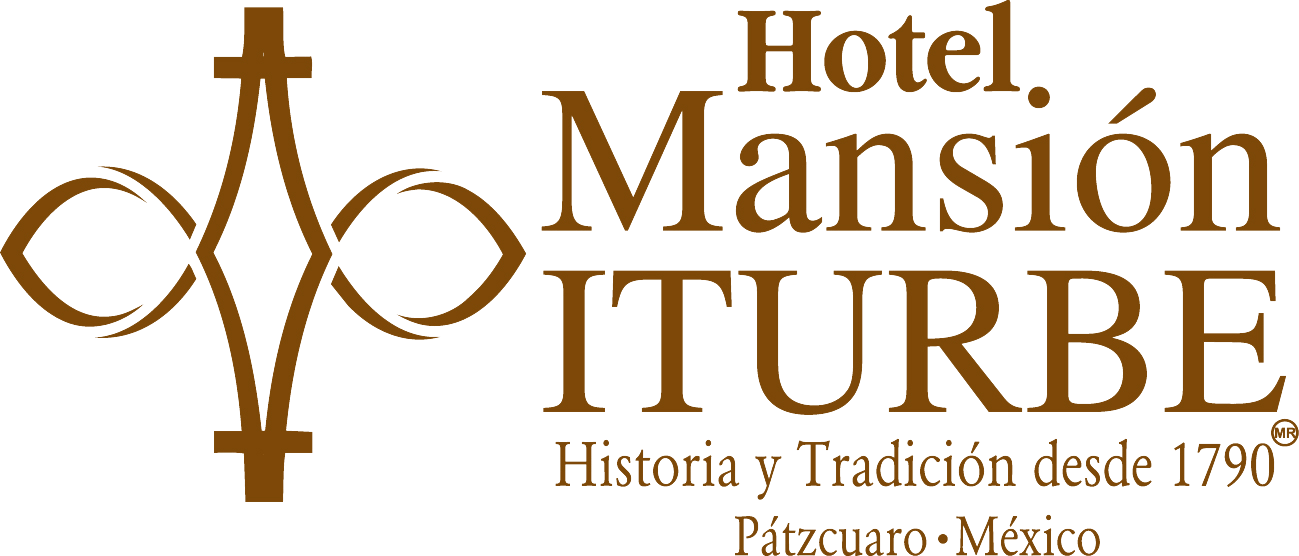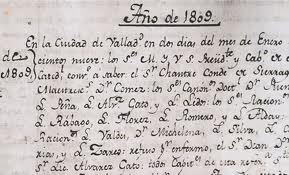Mansión Iturbe and the Conspiracy of Valladolid
The stately Mansión Iturbe has lived and breathed the history of Pátzcuaro.
One chapter of its long and colorful past was a time when Don José María Abarca – who was an integral part of the “Conspiracy of Valladolid” of 1809 – and some of his trusted friends wanted put together a Government Junta, made up entirely of local individuals. The challenge initially was to create an autonomous government, while somehow maintaining loyalty to King Fernando VII of Spain
In the search for this delicate balance, thinkers in and around Morelia (San Nicolás College and the Tridentino Seminary) came up with a premise that greatly influenced the ultimate direction of the Conspiracy of Valladolid: The responsibility of sovereignty of a nation falls on the shoulders of the people, in the absence of the king’s influence. As fate would have it, the Spanish king was currently engaged with the French invasion of the peninsula and the New Spain was on the back burner. The conspirators quickly displaced this vacuum, and wanted to create the Government Junta that would represent the people of Latin America .
This Conspiracy of Valladolid was not the first, but it was certainly the most important, with the broad participation and support of ecclesiastics, the elite, attorneys, military people, and other sectors of society.
Among the conspirators, we find the brothers Nicolás and Mariano Michelena; the latter was an Infantry Lieutenant of the Crown, and was the main author of the formal plan to carry out the Conspiracy. José María Obeso, Infantry Lieutenant of the Valladolid Regiment, held meetings in his house during which he was entrusted with the assignment of political and military movements.
These players, with the support of other core individuals from in and around Valladolid
But back to Pátzcuaro and Don José María Abarca…. The fever wasted no time in spreading far and wide. It is believed that one of the reason that the legendary Don Miguel Hidalgo found himself so much in the thick of things, is that Don José María Abarca was best buddies with Abarca’s brother. It’s not absolutely certain that the conspiracies of the lowlands were an extension of the Conspiracy of Valladolid, because the fever had permeated every corner of the New Spain .
The Conspiracy began to really take shape in September 1809, extending to other cities like Querétaro. This was pivotal because where the Valladolid
The renewed effort was scheduled to start December 21, 1809, but the members were captured and denounced by Francisco de la Concha, priest of the Sagrario de la Catedral. They were accused of participating in the Conspiracy, apparently wielding an incriminating document.
Upon being discovered, García Obeso burned the document, signed by the Michelena brothers that delineated their plans. During the trial, all the accused declared their allegiance to the King and their resolve to do everything necessary to prevent the New Spain from falling into the hands of the French.
There was insufficient proof to convict the accused of the conspiratorial crimes and they were freed in January 1810. This was the beginning of the end of Spanish occupation, opening the door for the historic successes in Querétaro.
Once freed, Don José María Abarca returned to Pátzcuaro, still harassed by forces still loyal to the crown. It’s not clear how long Don José María Abarca stayed in Pátzuaro; there are various notices from 1810 that he received $10,000 pesos from one Isidro Huarte for the sale of several houses.
But like many of the elite of Pátzcuaro, he returned to his beloved Mexico City
Some time between 1810 and 1830, the Mansion, built by Don José María de Abarca’s father Don Manuel de Abarca y León in 1777, was acquired by Don Francisco Antonio de Iturbe y Heriz, who gave the structure to his daughter, Doña Francisca de Iturbe y Anciola, as a wedding gift when she married Don Francisco de Arriaga y Peralta in 1830.
The descendents of that union have preserved the Mansion through the years. It stands as a fine example of Nueva España architecture with its finely appointed details, and is an integral part of the grandeur of the lovely Plaza Vasco de Quiroga, one of the most beautiful on the continent.
* Text Property of Hotel Mansion Itube.
We recommend you to check this video:
HOTEL MANSION ITURBE
Portal Morelos 59Plaza Vasco de Quiroga
61600 Pátzcuaro, Mich.
México
Reservations online: http://www.mansioniturbe.com/
Tels: +52 (434) 342 0368 y 342 3628.
Fax: +52 (434) 342 3627.
Toll free frax number from USA & CANADA: 1-866 678 6102
Amadeus: ON MLMMAN
Sabre: ON 16297
Galileo: ON 24977
Worldspan: ON MLMMA













Comentarios